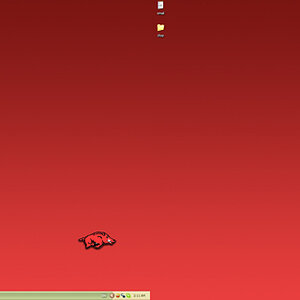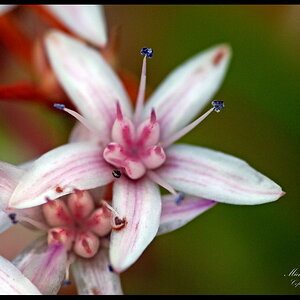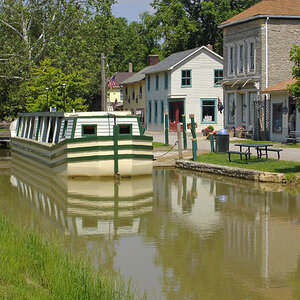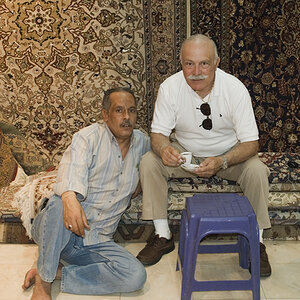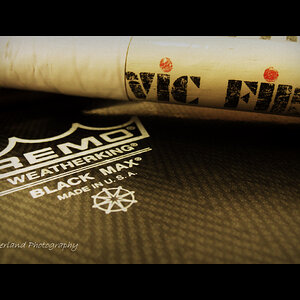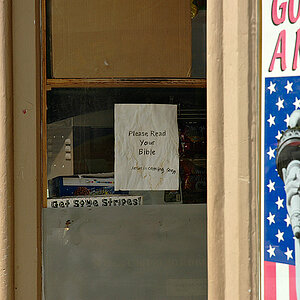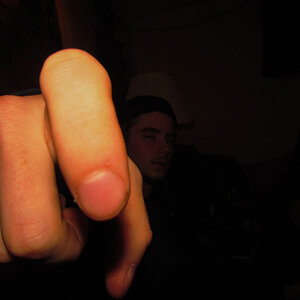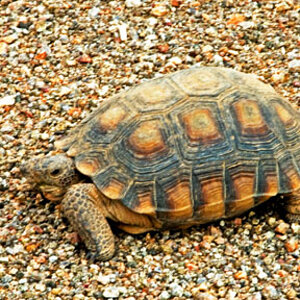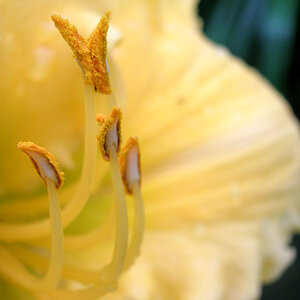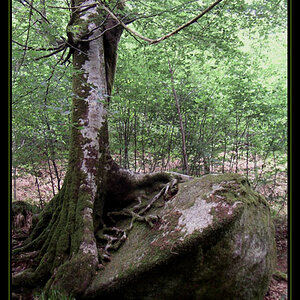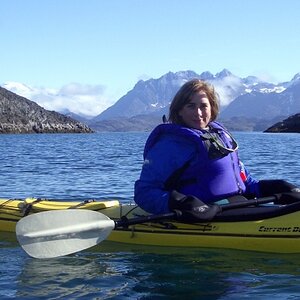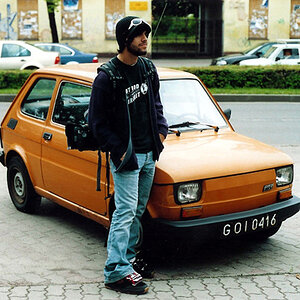Cheesecake
TPF Noob!
- Joined
- Apr 12, 2007
- Messages
- 4
- Reaction score
- 0
- Location
- BOSTON
- Can others edit my Photos
- Photos OK to edit
WHAT UP FOOS!!!
Sorry I mean, Hi. I'm new.
Anyway I am kinda confused on this Correct Exposure concept. I wanted some poppy colors and nice contrast so I started a tiny bit of research and I came across the "Sunny 16" rule. It goes like this:
ISO 100
F stop 16
Shutter Speed 1/125
And that is supposed to give you a good exposure in the sun. BUT, it seems like you can do that with any SLR camera with out actually looking at the knobs your turning.
I guess what I'm trying to say is, whats the point of learning Correct Exposure if I can get it without knowing the exact number I'm using?
Sorry I mean, Hi. I'm new.
Anyway I am kinda confused on this Correct Exposure concept. I wanted some poppy colors and nice contrast so I started a tiny bit of research and I came across the "Sunny 16" rule. It goes like this:
ISO 100
F stop 16
Shutter Speed 1/125
And that is supposed to give you a good exposure in the sun. BUT, it seems like you can do that with any SLR camera with out actually looking at the knobs your turning.
I guess what I'm trying to say is, whats the point of learning Correct Exposure if I can get it without knowing the exact number I'm using?


